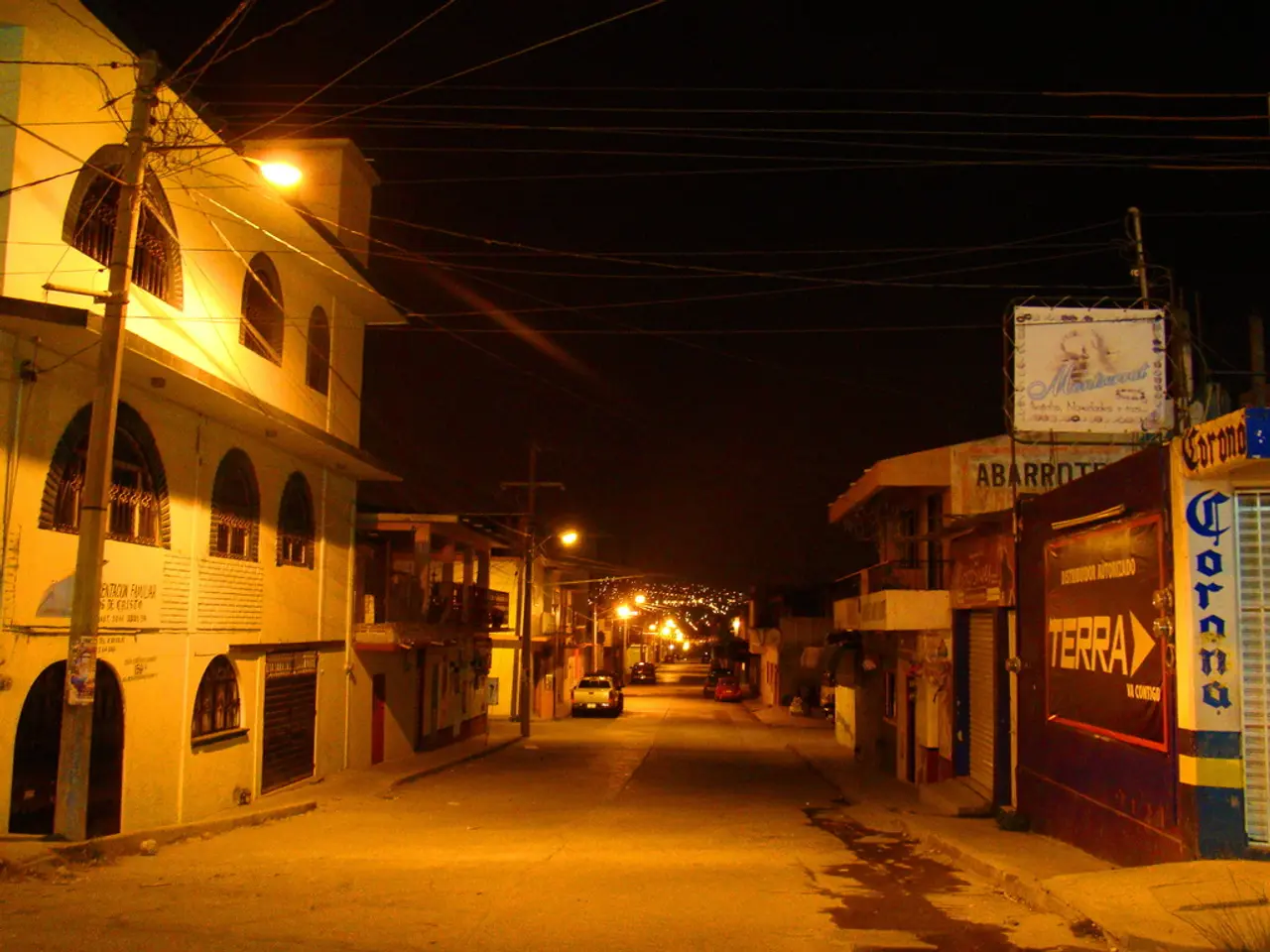California Takes the Lead in Electric Vehicle Chargers, Boasting 178,500 Units - A 48% Rise Compared to Gasoline Pumps
California is taking bold steps to expand its electric vehicle (EV) charging infrastructure, aiming to make clean transportation more accessible for its residents. Governor Gavin Newsom recently announced that the state now has nearly 50 percent more chargers than gas nozzles, a significant milestone in the state's efforts to combat climate change.
One of the key programs driving this expansion is the Fast Charge California Project (FCCP), which has allocated $55 million to install DC fast chargers across California. Funded via the California Energy Commission (CEC) and the California Electric Vehicle Infrastructure Project (CALeVIP), this project aims to increase access to fast charging across the state.
CALeVIP, another significant initiative, provides incentives for DC fast charging sites, as well as Level 2 chargers. Implemented by the Center for Sustainable Energy, it helps accelerate publicly accessible EV charging infrastructure deployment statewide with funding and technical assistance.
The "Communities in Charge" initiative, a collaboration between CALSTART, GRID Alternatives, and Tetra Tech, focuses on Level 2 EV charger incentives in disadvantaged and low-income communities. It provides no-cost technical assistance and financial incentives to support project readiness and successful charger installations in these areas.
To further streamline the process, California Attorney General Rob Bonta issued a legal alert reminding local governments to streamline the permitting process for EV charger installations, facilitating faster and less burdensome approvals.
As a result of these efforts, California now hosts nearly 18,000 public EV charging stations, including over 2,300 DC fast charging stations. Major metro areas and highway corridors are increasingly covered thanks to these investments.
California's commitment to EV infrastructure is reflected in its substantial financial investment. The state recently approved a $1.4 billion investment plan, which funds initiatives such as the Fast Charge California Project and CALeVIP.
The state's push for widespread EV adoption is part of a broader strategy to transition California to a cleaner transportation system. By 2025, one in four new car buyers in California chooses a zero-emission vehicle, and California is responsible for 30 percent of all new zero-emission vehicles sold in the U.S.
California continues to set the pace for the nation's clean energy future. With over 178,549 EV chargers installed, surpassing the estimated 120,000 gas nozzles statewide, the state's commitment to a cleaner, more sustainable future is evident. The CEC is also working to track operational chargers more accurately to ensure continuous improvement and expansion of the state's EV infrastructure.
In conclusion, California's comprehensive approach to EV infrastructure expansion, reduction of barriers, and focus on equitable access is driving the state towards a cleaner and more sustainable transportation system. The state's initiatives, including the Fast Charge California Project, CALeVIP, and the Communities in Charge programme, are key to achieving this goal.
- The expansion of California's electric vehicle (EV) charging infrastructure is not just about science, but also about combating climate change.
- The Fast Charge California Project (FCCP) is a significant initiative in the state's renewable-energy sector, aiming to increase access to fast charging across California.
- CALeVIP, another important program, provides incentives for DC fast charging sites, along with Level 2 chargers, to accelerate publicly accessible EV charging infrastructure deployment.
- The "Communities in Charge" initiative focuses on equitable access to EV charging, providing incentives and technical support to disadvantaged and low-income communities.
- To facilitate faster and less burdensome approvals for EV charger installations, California Attorney General Rob Bonta issued a legal alert reminding local governments to streamline the permitting process.
- With nearly 18,000 public EV charging stations, California's investment in environmental-science and renewable-energy sectors is evident.
- As the state's initiatives continue to drive forward, a growing number of Californians are investing in zero-emission vehicles, contributing to a flourishing personal-finance and wealth-management market around sustainable-living.
- The real-estate and housing-market trends reflect the state's commitment to sustainable living, with home-and-garden businesses offering energy-efficient solutions to cater to this demand.
- The state's dedication to education-and-self-development is seen in its emphasis on lifelong-learning and sustainability concepts, teaching the importance of clean technology in sports, sports-betting, and other industries.
- California's leadership in clean transportation is setting an industry standard, influencing other states to follow suit in the pursuit of a sustainable future.
- As the nation's clean energy future unfolds, California's commitment to science, climate-change mitigation, and sustainable-living serves as a beacon for global finance, environmental-science, and technology innovations.




